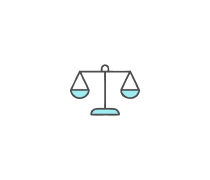Macroeconomics Quiz 212: GDP And INFLation
- AP Econ
- IB Econ
2.
You may optionally provide this to label your report, leaderboard, or certificate.
×
Thank you for your feedback!
















